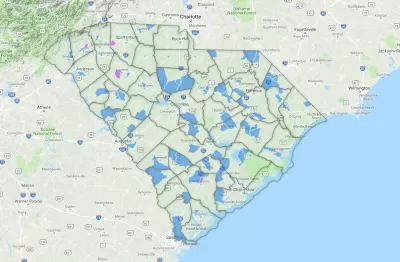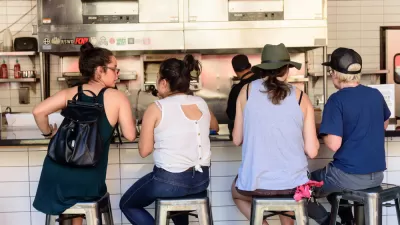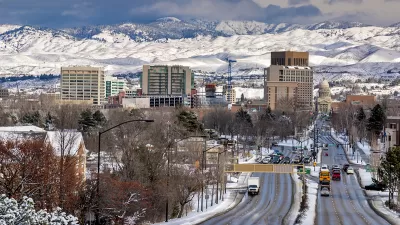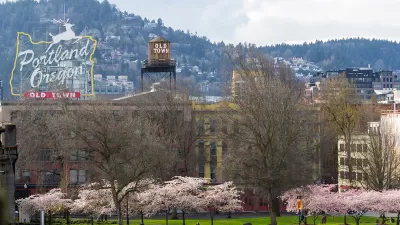Cities and states are altering local policies to maximize benefits for private investors in Opportunity Zones.

"West Virginia lawmakers are looking at an income tax exemption for new opportunity zone investment. Florida is trying to align its opportunity zones with preexisting enterprise zones, which would give investors the benefits of both programs. In Connecticut, some legislators want to exempt historic preservation requirements in opportunity zones if the building has been vacant for more than five years. Maryland lawmakers are considering two bills -- one that would offer tax credits to opportunity zone businesses that hire former inmates and another that would offer historic preservation tax credits to businesses that locate in opportunity zones ...At the local level, five mayors -- of Erie, Pa.; Louisville, Ky.; Oklahoma City; South Bend, Ind., and Stockton, Calif. -- have released an investment plan aimed at attracting opportunity zone investment."
FULL STORY: States, Cities Add Sweeteners to Attract 'Opportunity Zone' Investors

Maui's Vacation Rental Debate Turns Ugly
Verbal attacks, misinformation campaigns and fistfights plague a high-stakes debate to convert thousands of vacation rentals into long-term housing.

Planetizen Federal Action Tracker
A weekly monitor of how Trump’s orders and actions are impacting planners and planning in America.

In Urban Planning, AI Prompting Could be the New Design Thinking
Creativity has long been key to great urban design. What if we see AI as our new creative partner?

Portland Raises Parking Fees to Pay for Street Maintenance
The city is struggling to bridge a massive budget gap at the Bureau of Transportation, which largely depleted its reserves during the Civd-19 pandemic.

Spokane Mayor Introduces Housing Reforms Package
Mayor Lisa Brown’s proposals include deferring or waiving some development fees to encourage more affordable housing development.

Houston Mayor Kills Another Bike Lane
The mayor rejected a proposed bike lane in the Montrose district in keeping with his pledge to maintain car lanes.
Urban Design for Planners 1: Software Tools
This six-course series explores essential urban design concepts using open source software and equips planners with the tools they need to participate fully in the urban design process.
Planning for Universal Design
Learn the tools for implementing Universal Design in planning regulations.
Gallatin County Department of Planning & Community Development
Heyer Gruel & Associates PA
JM Goldson LLC
City of Camden Redevelopment Agency
City of Astoria
Transportation Research & Education Center (TREC) at Portland State University
Jefferson Parish Government
Camden Redevelopment Agency
City of Claremont





























